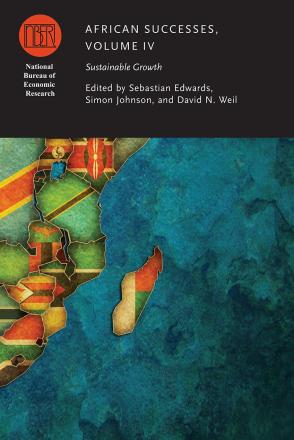Agriculture, Roads, and Economic Development in Uganda
Published Date
Copyright 2016
ISBN 9780226315553

A large fraction of Uganda’s population continues to earn a living from quasi-subsistence agriculture. This paper uses a static general equilibrium model to explore the relationships between high transportation costs, low productivity, and the size of the quasi-subsistence sector. We parameterize the model to replicate some key features of the Ugandan data, and we then perform a series of quantitative experiments. Our results suggest that the population in quasi-subsistence agriculture is highly sensitive both to agricultural productivity levels and to transportation costs. The model also suggests positive complementarities between improvements in agricultural productivity and transportation.
-
-
Copy CitationDouglas Gollin and Richard Rogerson, African Successes, Volume IV: Sustainable Growth (University of Chicago Press, 2014), chap. 2, https://www.nber.org/books-and-chapters/african-successes-volume-iv-sustainable-growth/agriculture-roads-and-economic-development-uganda.Download Citation
Related
Published From Paper
-
Working Paper
A large fraction of Uganda's population continues to earn a living from quasi-subsistence agriculture. This paper uses...


